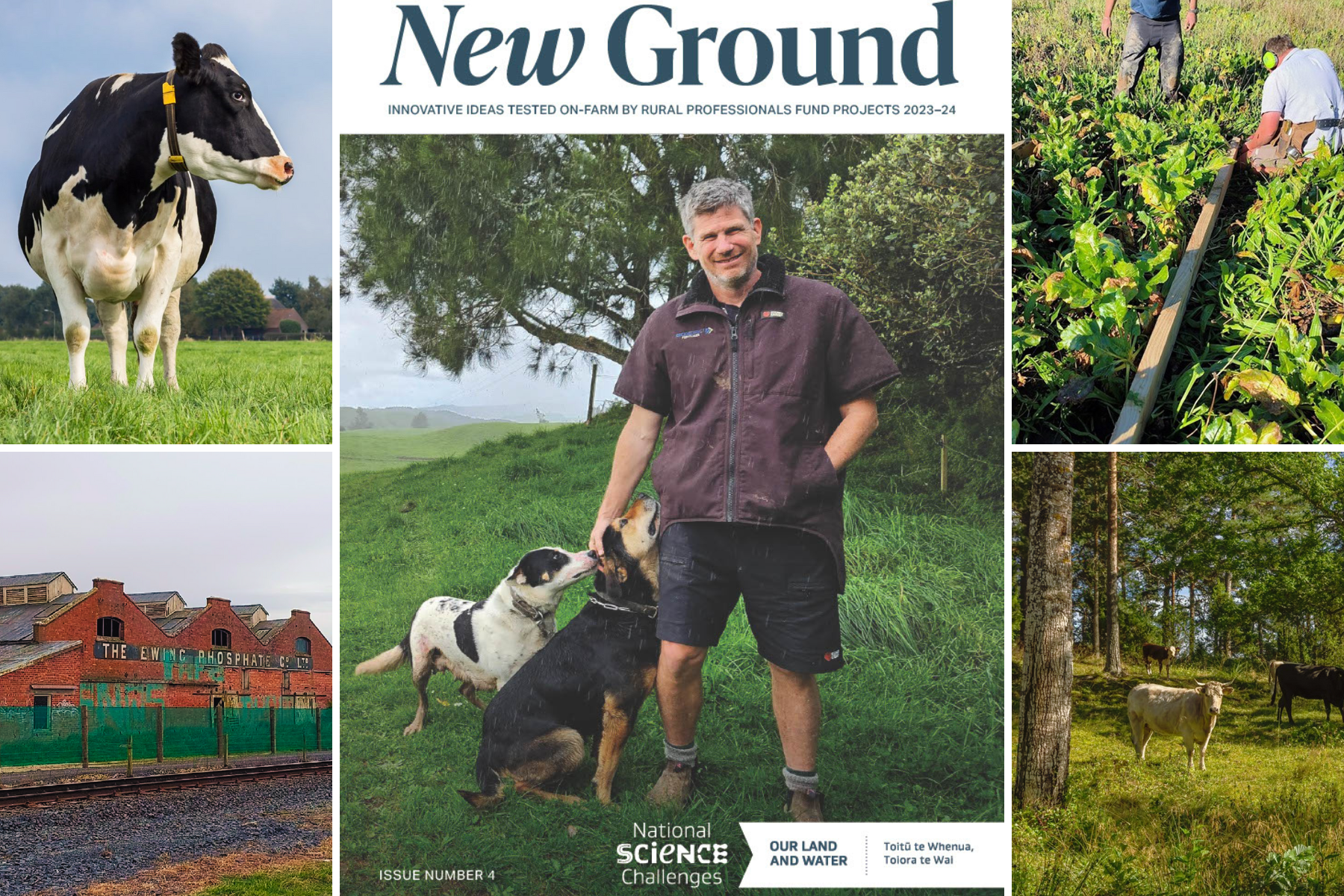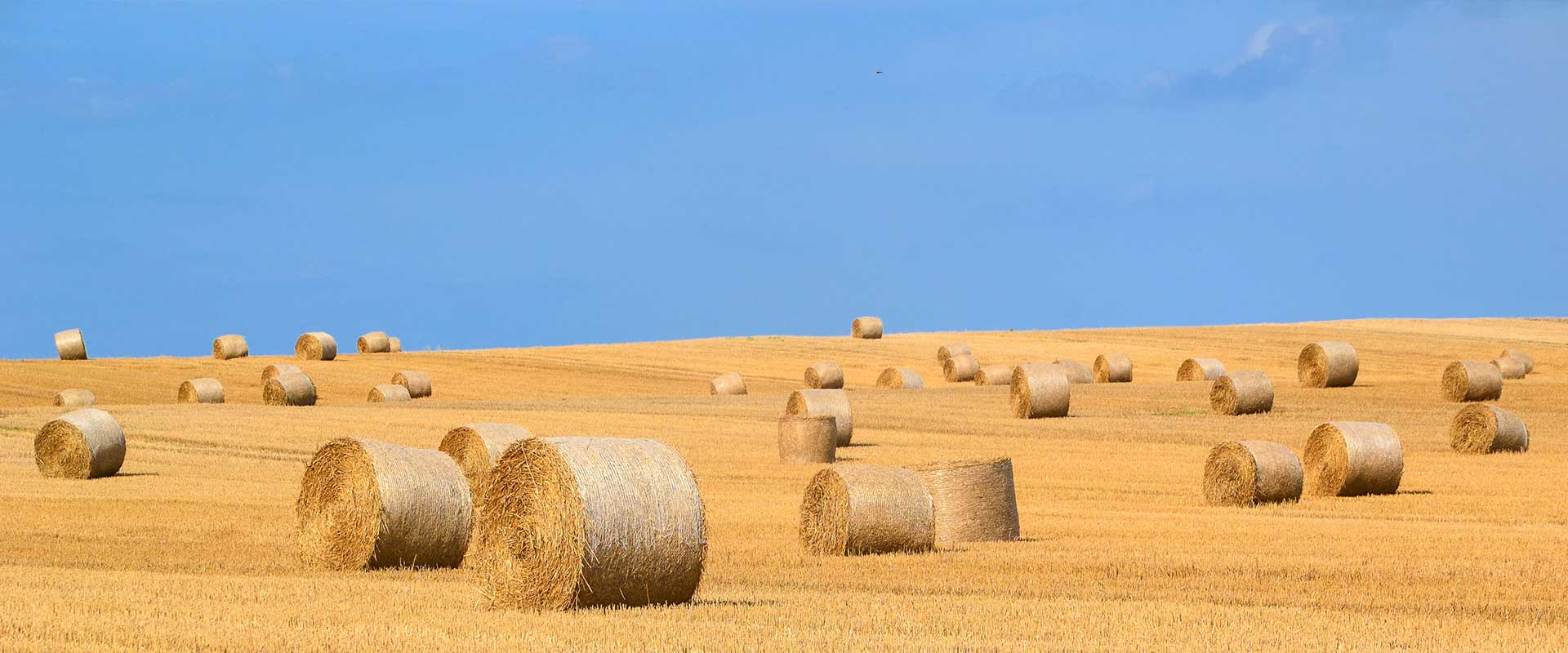A Heuristic Method for Determining Changes of Source Loads to Comply with Water Quality Limits in Catchments
December 2019
A common land and water management task is to determine where and by how much source loadings need to change to meet water quality limits in receiving environments. This paper addresses the problem of quantifying changes in loading when limits are specified in many locations in a large and spatially heterogeneous catchment, accounting for cumulative downstream impacts. Current approaches to this problem tend to use either scenario analysis or optimization, which suffer from difficulties of generating scenarios that meet the limits, or high complexity of optimization approaches. In contrast, we present a novel method in which simple catchment models, load limits, upstream/downstream spatial relationships and spatial allocation rules are combined to arrive at source load changes. The process iteratively establishes the critical location (river segment or lake) where the limits are most constraining, and then adjusts sources upstream of the critical location to meet the limit at that location.
The method is demonstrated with application to New Zealand (268,000‚Äâkm2) for nutrients and the microbial indicator E. coli, which was conducted to support policy development regarding water quality limits. The model provided useful insights, such as a source load excess (the need for source load reduction) even after mitigation measures are introduced in order to comply with E. coli limits. On the other hand, there was headroom (ability to increase source loading) for nutrients. The method enables assessment of the necessary source load reductions to achieve water quality limits over broad areas such as large catchments or whole regions.
 View Our Strategy Document 2019 – 2024
View Our Strategy Document 2019 – 2024



